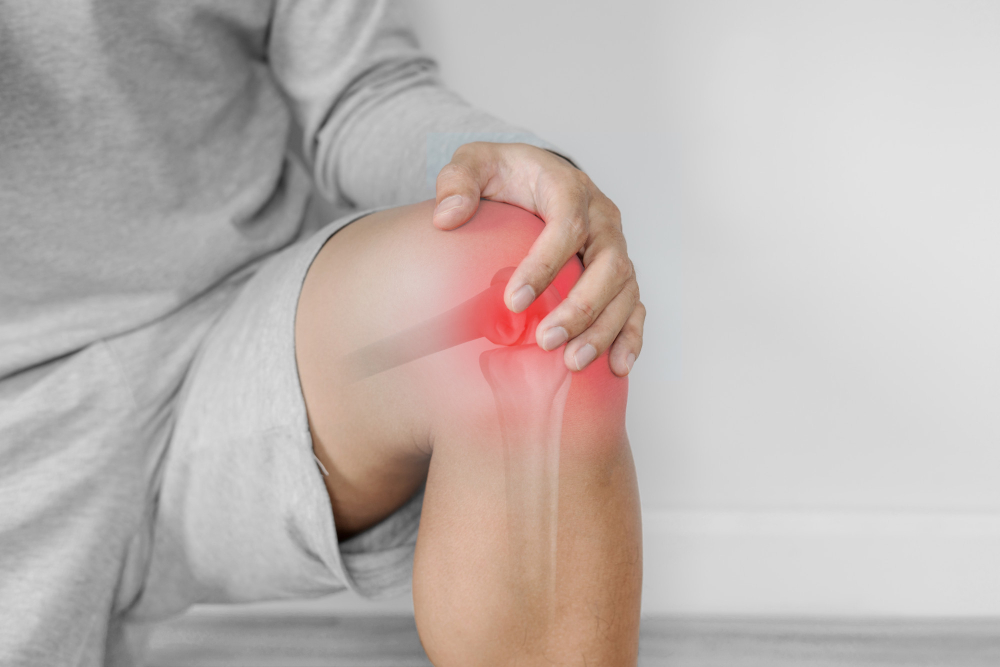
ACL injuries are a common issue among athletes, and even non-athletes are prone to them. The anterior cruciate ligament (ACL) stabilizes the knee and keeps the thigh bone and shin bone from sliding back and forth, so an injury to this ligament can have devastating effects. Many people face difficulty in understanding the severity of an ACL injury and the recovery process associated with it. Here are some frequently asked questions and answers about ACL injuries that will help you understand this condition better.
1. What Are the Symptoms of an ACL Injury?
The signs and symptoms of an ACL injury include swelling, difficulty in bearing weight, pain, and a popping sound at the time of the injury. In some cases, there might not be swelling immediately after the injury but can begin to develop in a few hours. People may also experience their knee giving out or feeling unstable after an ACL injury.
2. How Can an ACL Injury Be Diagnosed?
An orthopedic surgeon can diagnose an ACL injury with the help of physical examination, X-rays, MRI, and CT scans. During the physical examination, the orthopedic surgeon will move your knee in different positions to check for any instability or range of motion issues. An MRI will help provide more detailed information about the injury’s severity, and X-rays can determine if there are any fractures or other related injuries.
3. Is Surgery Always Necessary for an ACL Injury?
Surgery might not always be necessary for an ACL injury and many non-operative treatments are available. However, the decision to opt for surgical or non-surgical treatment is dependent on various factors such as the age of the patient, the level of activity, and the patient's ability to tolerate or understand a specific treatment option. Consult your orthopedic surgeon to determine the appropriate treatment for your individual case.
4. What Does the Postoperative Period Entail?
After the surgery, the patient will be instructed to rest and limit their physical activity to allow the knee to heal. The patient will rehab the knee under the supervision of a physical therapist to maintain strength and improve range of motion. The patient will be guided to use crutches for the first few days, and a brace may be required for several weeks. Full rehabilitation typically takes several months, and the patient will gradually be advised to increase physical activity.
5. When Can an Athlete Resume Sports After an ACL Injury?
The amount of time given to patients before they can resume physical activity depends on the injury's severity. Low-impact exercises like cycling, elliptical or water-based exercises may be suggested to the patient earlier in their rehabilitation process, but high-impact sports should be avoided for at least six months after surgery. The orthopedic surgeon will determine when the patient will be able to get back on to the field and resume their athletic activities based on their individual progress.
Conclusion
ACL injuries are common in sports, but can also affect non-athletes. Symptoms include swelling, difficulty in bearing weight, pain, and knee instability. The diagnosis of an ACL injury includes physical examination, MRI, and X-rays. Surgery might not be required for all ACL injuries. The postoperative period entails rest, rehabilitative exercises, and regular physical therapy. Full rehabilitation can take several months, depending on the severity of the patient's injury. An orthopedic surgeon is the right person to determine the appropriate course of treatment for the patient. If you're looking for an orthopedic surgeon in Orange City, FL, contact Central Florida Bine & Joint Institute today for more information.